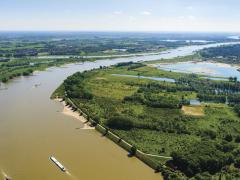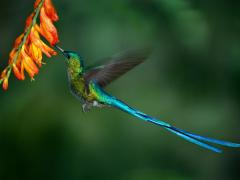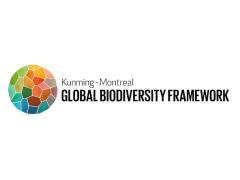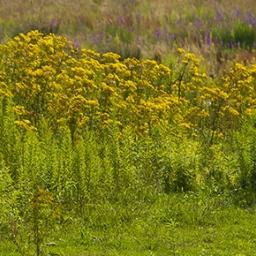A closer look at integrated pest management
Growers, buyers and suppliers have not been sufficiently successful in reducing the use of chemical plant protection products. Policy is needed, by both the government and the sector, to stop the routine use of plant protection products and to promote alternatives.
Growers are facing bottlenecks in reducing the use of chemical plant protection products
The report A closer look at integrated pest management describes an interim assessment of the policy document ‘Healthy Growth, Sustainable Harvest’, over the 2013–2018 period. In the policy document, the government formalises its policy on pest management for the 2013–2023 period.
The interim assessment concludes that there have been gains in many areas over the past five years. Water quality is improving and fewer residues of plant protection products are found on food. At the same time, however, the step towards resilient cultivation systems in combination with an increase in the use of natural pest control has not yet been taken. Partly as a result of this, crops remain susceptible to diseases and pests. The total use of chemical plant protection products by growers is not decreasing. Because of the use of plant protection products and the dominant farming methods, biodiversity in agricultural areas is under pressure. Water quality standards are often exceeded. The assessment also shows that growers and the government still pay insufficient attention to the occupational risks associated with working with plant protection products.
Policy to ban the routine use of plant protection products offers perspectives
With the current efforts by the government and the sector, it is unlikely that the objectives in the policy document will be achieved by 2023. In order to achieve the targets for water quality and biodiversity, both the emissions to surface water and the environmental burden on and around land will have to be reduced. It is also necessary to create habitats for bees and pest-control species, for example by creating field margins.
This calls for a policy that stops the routine use of plant protection products and stimulates new methods and techniques through knowledge development, education, and — where necessary and possible — financial incentives. This requires the involvement of all actors, including the government. The policy document is strongly based on voluntary action. However, regulation appears to be necessary as an incentive in order to reach the front runners as well as those operating in the middle group.
Would you like more information?
This report is a translation of the report "Geïntegreerde gewasbescherming nader beschouwd". Here you can also find links to the background reports on which this study is based.
The document reports the trend of the exceedances of water quality standards for the 2013-2017 period. An update using the 2013-2018 monitoring results is available in a seperate note.
Authors
Specifications
- Publication title
- A closer look at integrated pest management
- Publication subtitle
- Interim assessment of the policy document ‘Healthy Growth, Sustainable Harvest’
- Publication date
- 26 November 2019
- Publication type
- Report
- Page count
- 71
- Publication language
- English
- Product number
- 3860




